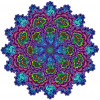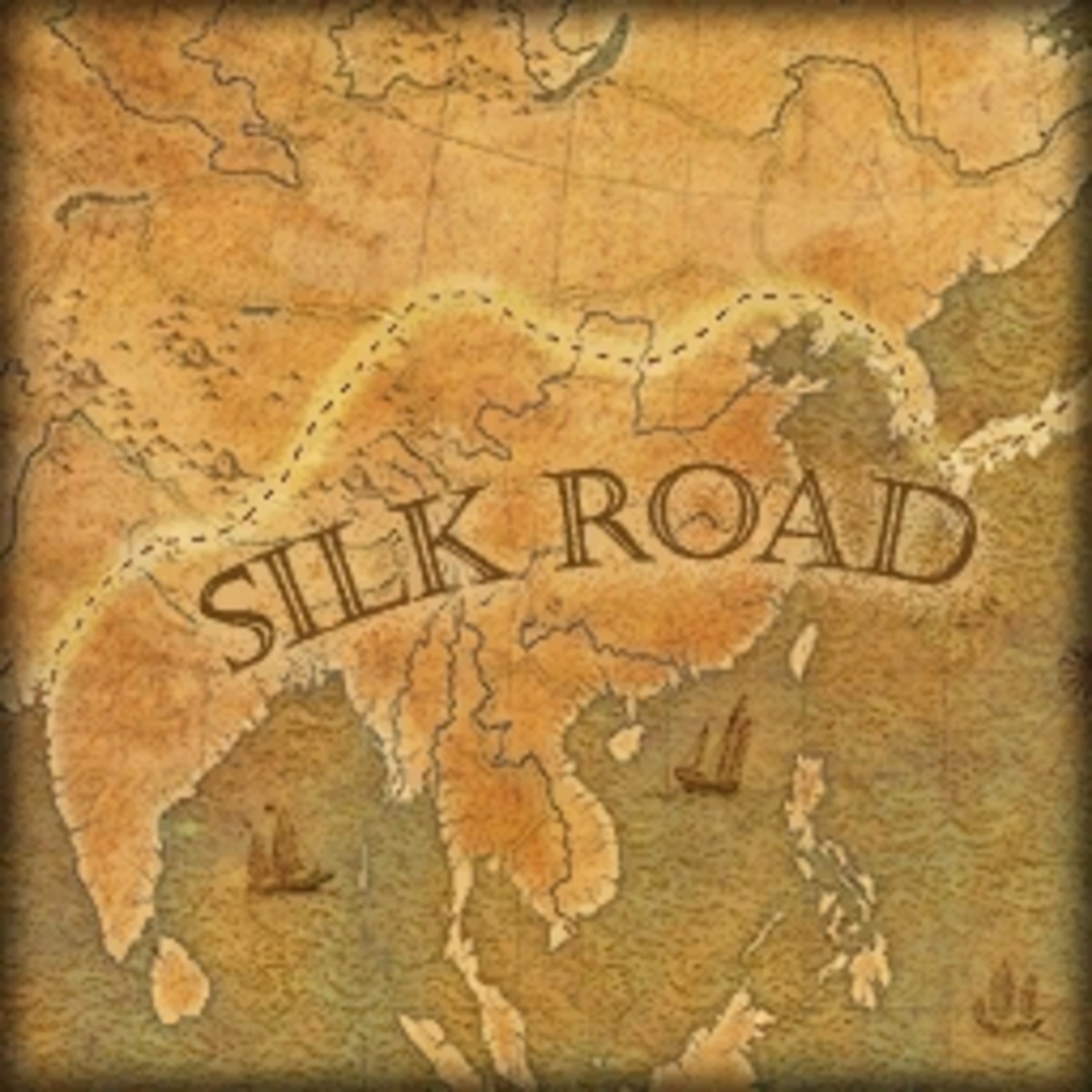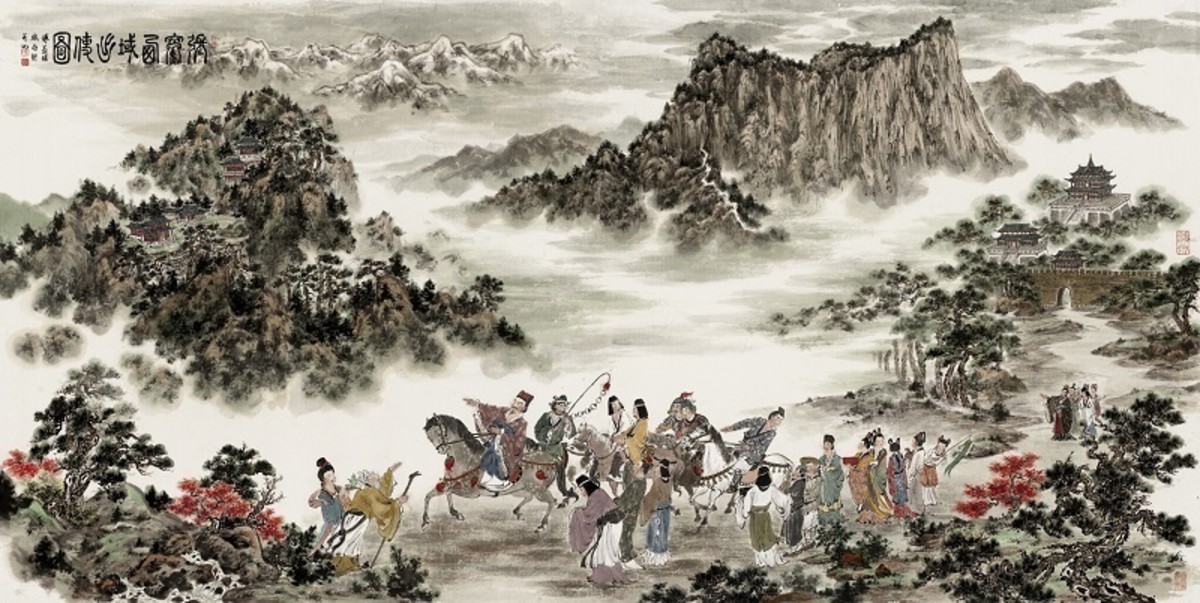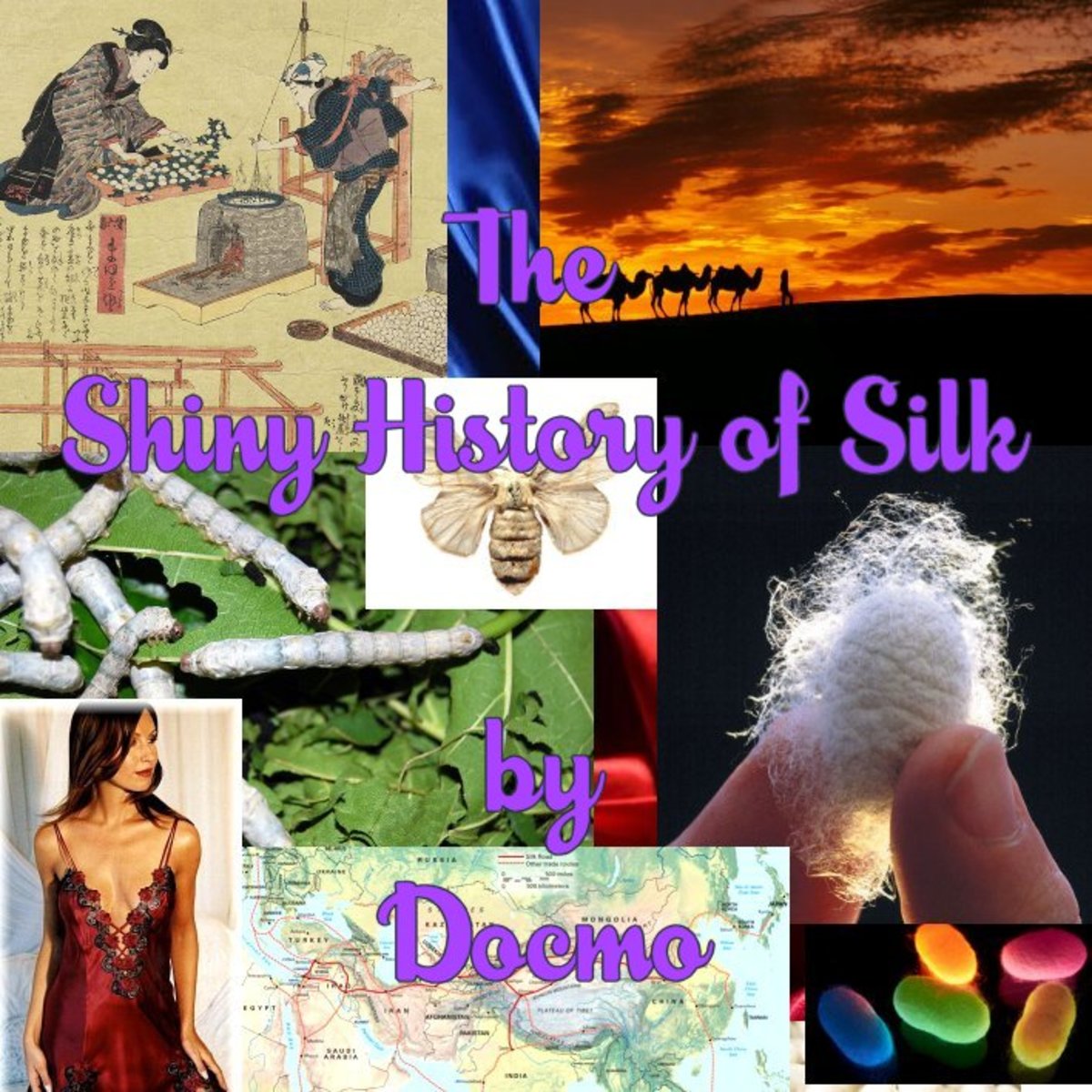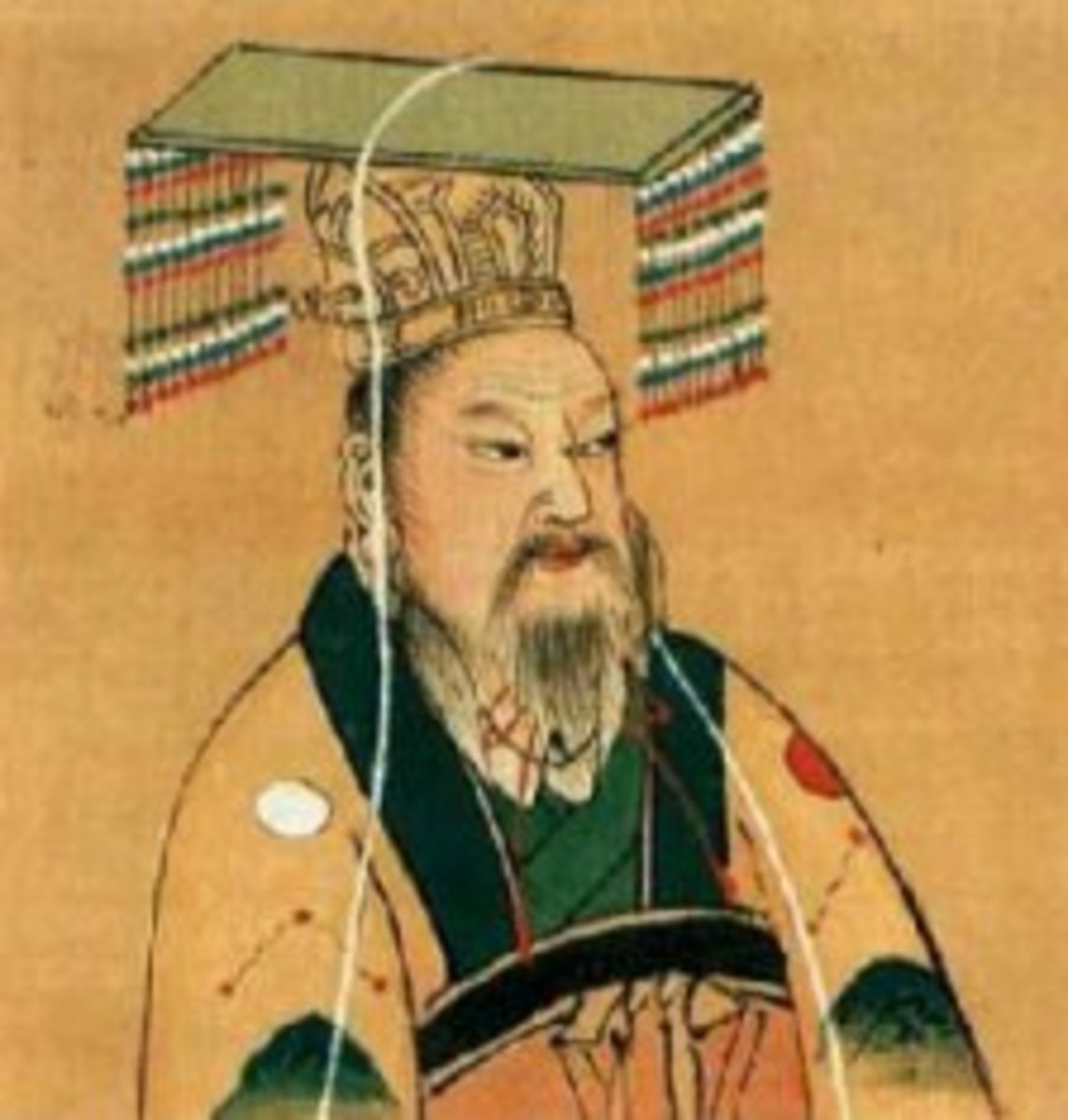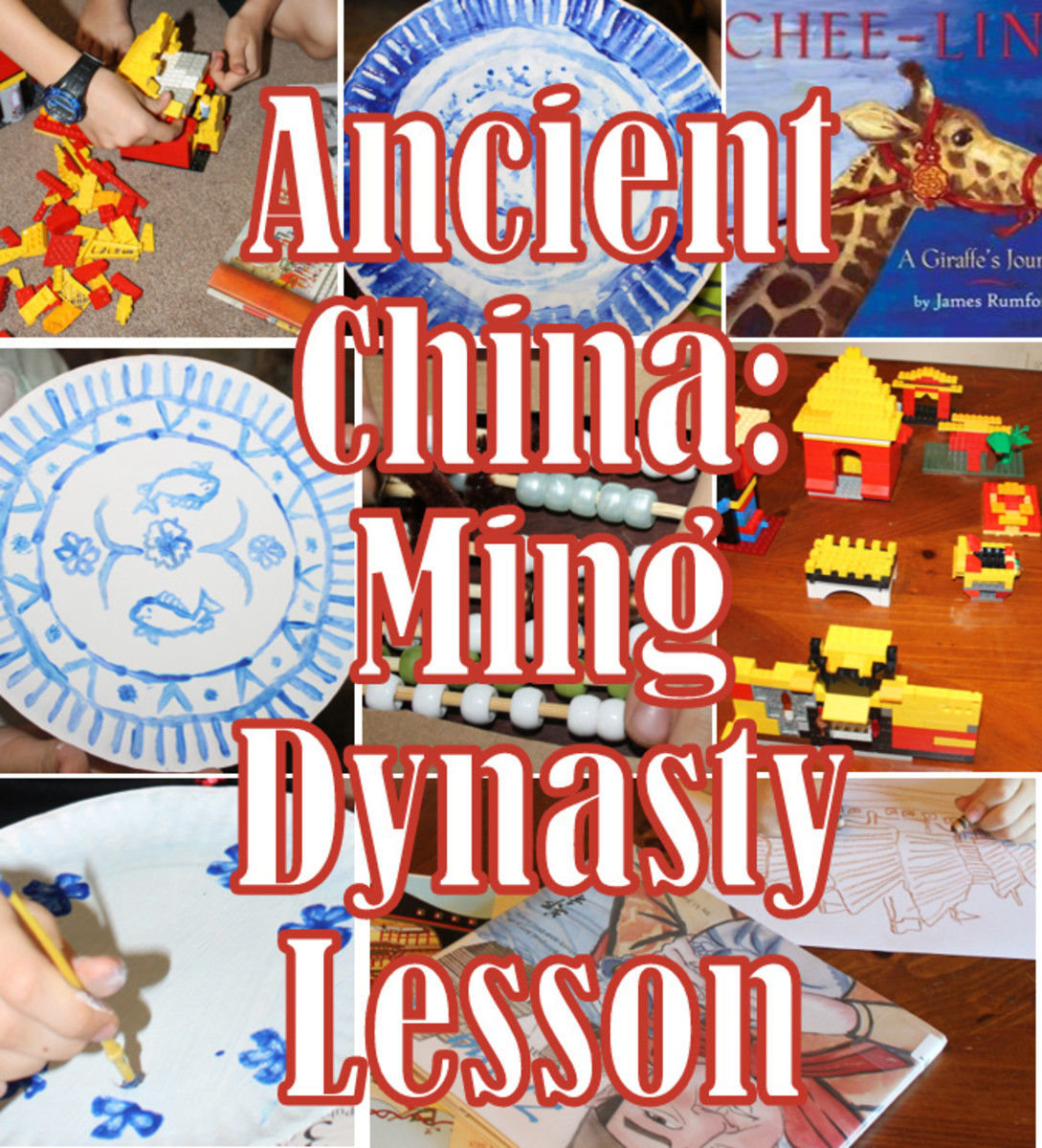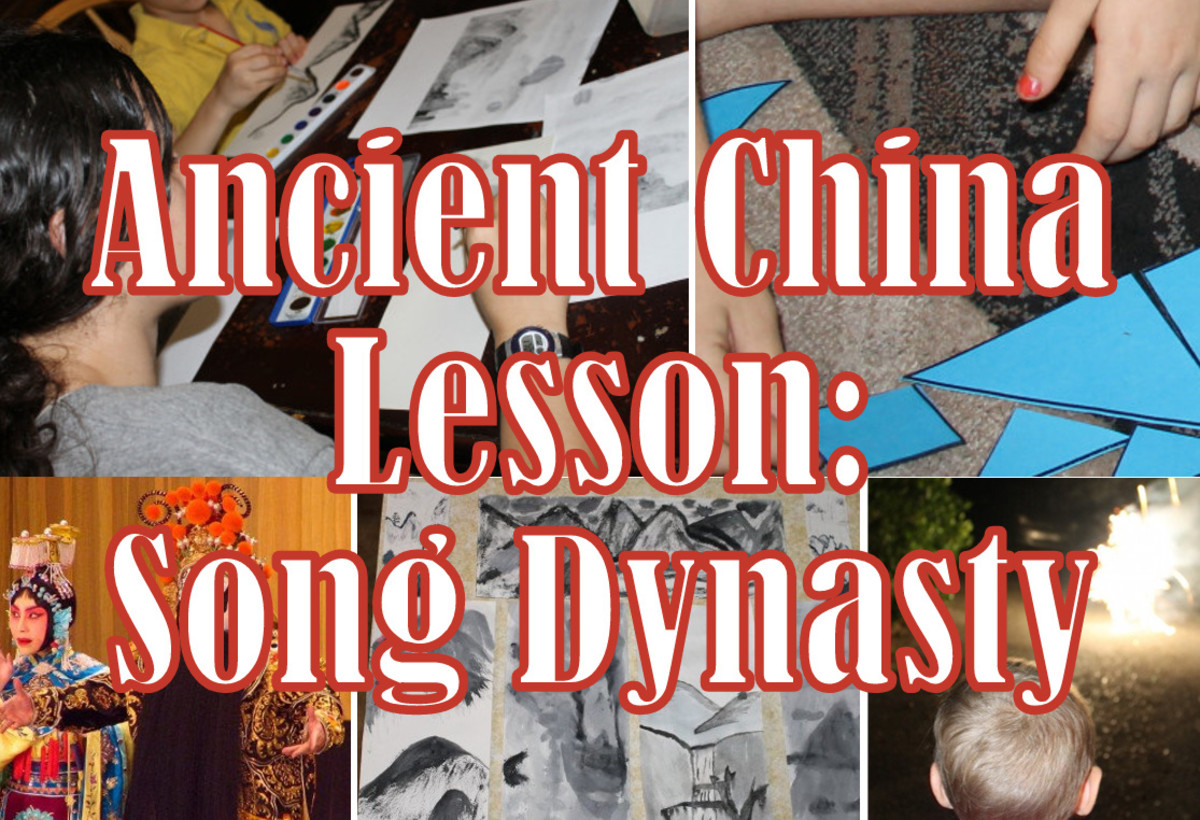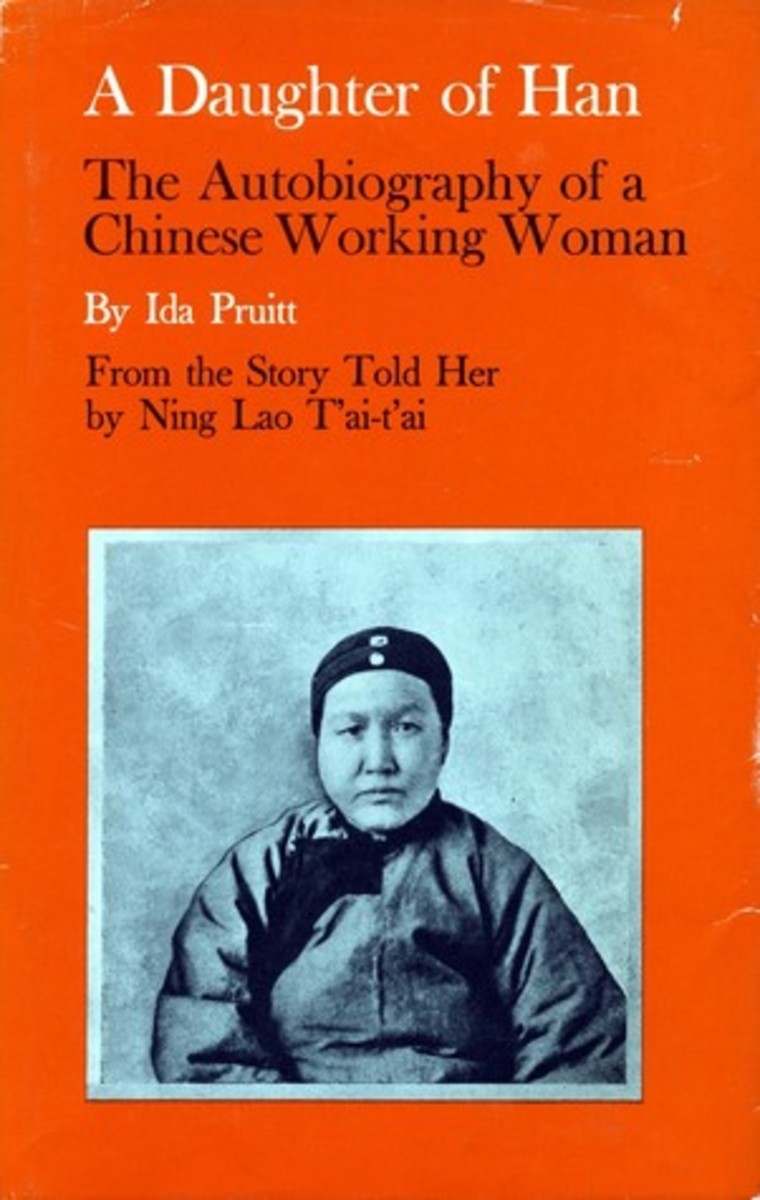- HubPages»
- Education and Science»
- History & Archaeology»
- History of Asia
The Story Of Silk and the Silk Road
Silk
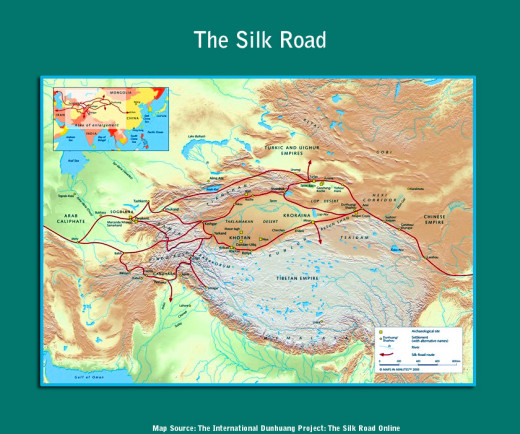

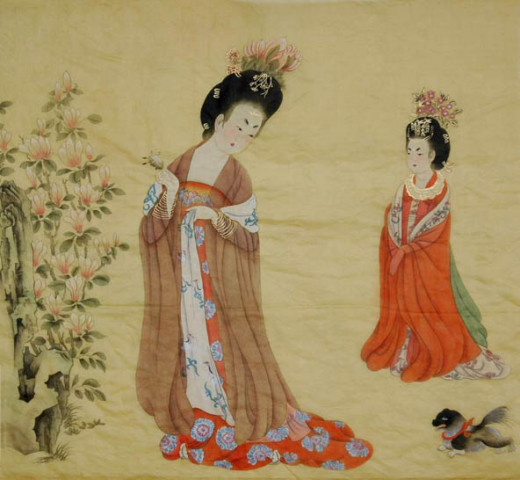
Legend
Legend says that silk was first made by the wife of the Yellow Emperor 5000 years ago.She kept silkworms and invented the loom.Silk fragments,ribbons and threads dating from 3000 BC have been found in eastern China.
Silk
Over the years,the Chinese were able to breed a species of silk moth that is blind and unable to fly.Each lays 500 or more eggs in a few days then dies.After hatching,the baby worms are fed on freshly chopped mulberry leaves day and night for about a month until they become fat.Each then spins a cocoon around itself,and this is where the silk comes from.Every cocoon is made of a filament about 800 metres (875 yards) long.The cocoons are steamed to kill the worms inside,then they are dipped in hot water to loosen the silk filaments.These filaments are unwound and six to eight filaments are twisted together to make a silk thread.The threads are woven into cloth.
Silkworms

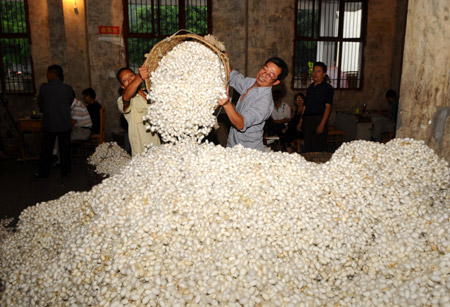
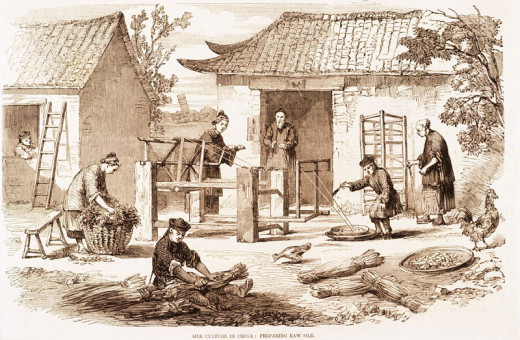
Emperor Wu and the Xiongnu
Emperor Wu (or Han Wudi) ascended the throne in 141 BCE.His two predecessors had strengthened the central government,weakened the kings and marquises,and accumulated a healthy surplus of grain and cash.This set the stage for Wudi`s reign,which was characterized by territorial expansion,activist government,and intellectual creativity.Wudi himself never led troops in battle,and it is an open question as to what role,if any,he played in devising and carrying out the policies for which his fifty-four-year reign is famous.Whatever the case,Emperor Wu`s government pursued a strong forward policy with regard to border affairs and the development of over-land trade to Central Asia along the Silk Road.
The Xiongnu were the central problem of the time.These nomadic pastoralists in Mongolia stood astride the trade route to Central Asia and were a constant threat to the peace and security of the northern frontier.Under Emperor Wu,the Han pursued an aggressive policy toward the Xiongnu.Military victories over the Xiongnu between 127 and 119 BCE prepared the way for Han expansion into the Western Regions.A second mission by Zhang Qian,probably starting around 115 BCE, and both diplomatic initiatives and military campaigns in the area allowed Han to bring its presence and strength to bear far into the Western Regions.
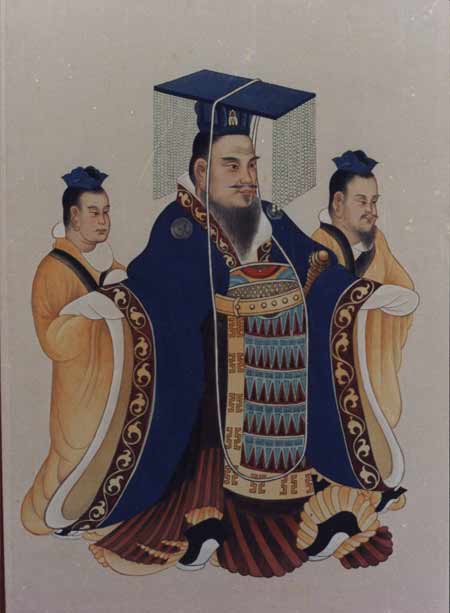
The Silk Road in Han Dynasty
It is hard to overstate the significance of Han expansion into Central Asia that begun during Wudi`s reign.Chinese merchants followed Zhang Qian`s lead and began to ply the trade routes to the Western Regions,exporting silk and other Chinese goods,which they exchanged for horses,other livestock,and luxury goods.This traffic along the Silk Road ultimately brought some Chinese silks from one trader to the next until they reached the Roman Empire,where it is said that they were so popular that bankruptcy threatened the capital.As for the defeated Xiongnu,their unity was shattered,and they were brought into a new framework of foreign relations:the tribute system.Under this system,Xiongnu emissaries would be sent on reular missions bearing tribute to Han emperors.The emperor would in turn bestow gifts to be taken back to the Xiongnu leaders.
Territorial expansion and trade were not confined to the Western Regions.Under Emperor Wu,administrative organs were established to the south in Guangdong,Guangxi,and Annam (northern Vietnam);to the southwest (Yunnan);and to the northeast (Korean peninsula).As with the Western Regions,trade was a major impetus for expansion into the south.Overseas trade centering on a port near modern Guangzhou brought Chinese silk to India,from where some of it reached the Roman Empire.Slaves were imported from overseas to Guangdong,and there was a brisk trade in enslaved women and boys on the overland routes from the southwest.
Ancient Chinese Silk Clothing
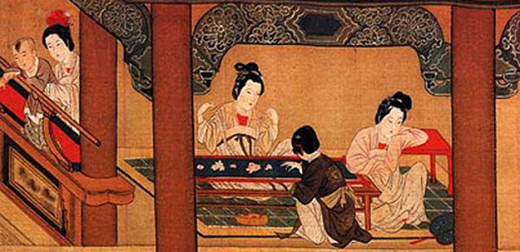
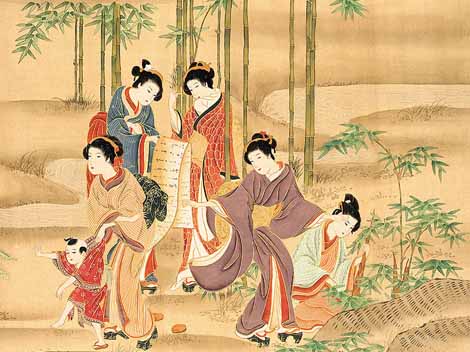
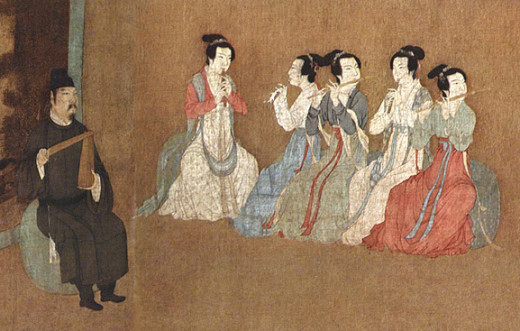
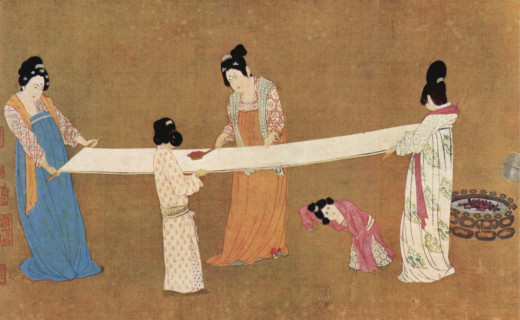
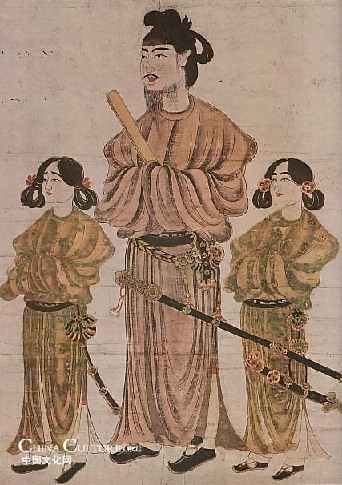
Book

Smuggled in Sticks
Silk was greatly valued and often used as currency(money).A man`s salary would be a certain length of silk per year.Silk garments were worn by Roman emperors,who called the Chinese Seres(Silk People).The clothes are beautiful,light and comfortable,being cool in summer and warm in winter.Because the silk trade was so valuable,Chinese methods of silk production were a closely guarded trade secret.Anyone smuggling silkworms eggs out of China was punished by death.Around 550 AD,two visiting monks took the risk.They returned from China to the Byzantine Emperor Justin`s court with silkworms eggs hidden in their hollow bamboo walking sticks.That was the start of silk production in Constantinopole(present-day Istanbul).The Persians learned the art of silk weaving from the Greeks,but it was not until the thirteenth century that silk production became widespred in Italy and the rest of Europe.
The Silk Road
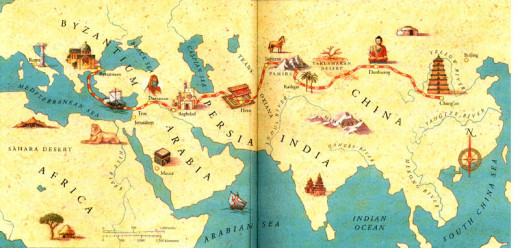
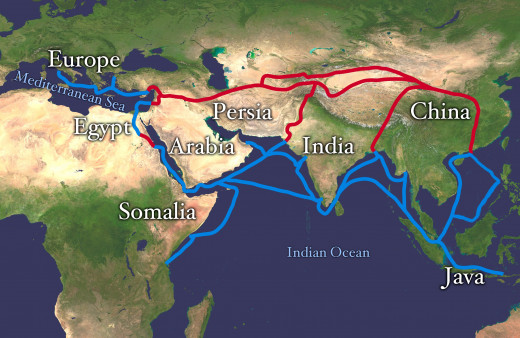
Book

DVD

Port cities
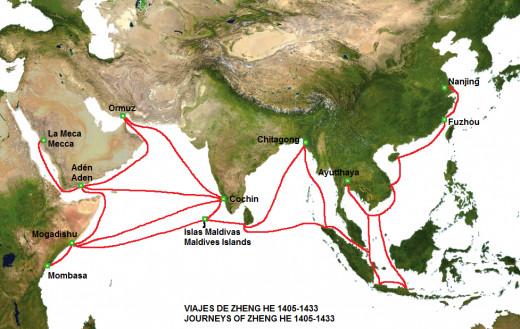
The Silk Road
The Silk Road and Ancient Trade: In which John Green teaches you about the so-called Silk Road, a network of trade routes where goods such as ivory, silver, iron, wine, and yes, silk were exchanged across the ancient world, from China to the West. Along with all these consumer goods, things like disease and ideas made the trip as well. As is his custom, John ties the Silk Road to modern life, and the ways that we get our stuff today.
The Silk Road
DVD

